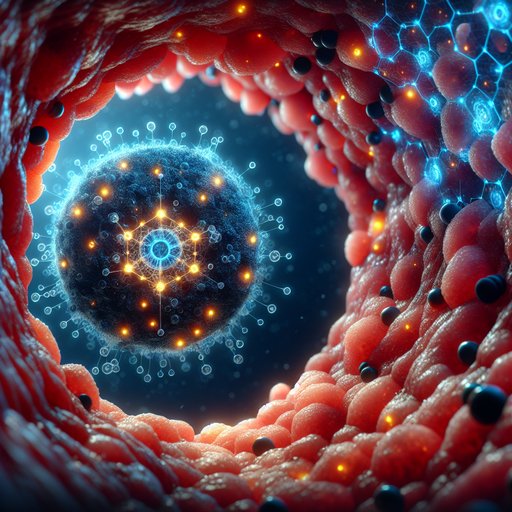
A groundbreaking advancement in nanomaterial-enabled drug delivery systems has emerged, offering new possibilities for treating diseases through precise timing and targeted delivery. Scientists have developed innovative approaches that bridge the gap between direct rhythm modulation and chronotherapy, potentially revolutionizing how medications interact with the body's natural circadian rhythms [1].
The new nanomaterial delivery systems represent a significant leap forward in medical technology, allowing for unprecedented control over drug release timing and location within the body. This development comes at a crucial time when the healthcare sector is increasingly focusing on personalized medicine approaches. The system's ability to work in harmony with the body's natural circadian rhythms could dramatically improve treatment efficacy while reducing side effects.
The advancement coincides with a broader surge in the antimicrobial additives market, which is projected to exceed $13.9 billion by 2033 [2]. This growth reflects increasing demand for advanced medical technologies and heightened awareness of hygiene considerations in healthcare settings.
The financial markets have taken notice of these developments, with several nanotechnology companies showing strong performance. Key players in the sector, including Nano Dimension and Clene, are attracting increased investor attention [3], highlighting the growing confidence in nanotechnology's potential to transform healthcare delivery.
The integration of these new drug delivery systems with existing medical protocols represents a significant step toward more effective treatments. Healthcare providers are particularly optimistic about the potential for improved patient outcomes through better-timed drug delivery and reduced systemic exposure to medications.
























